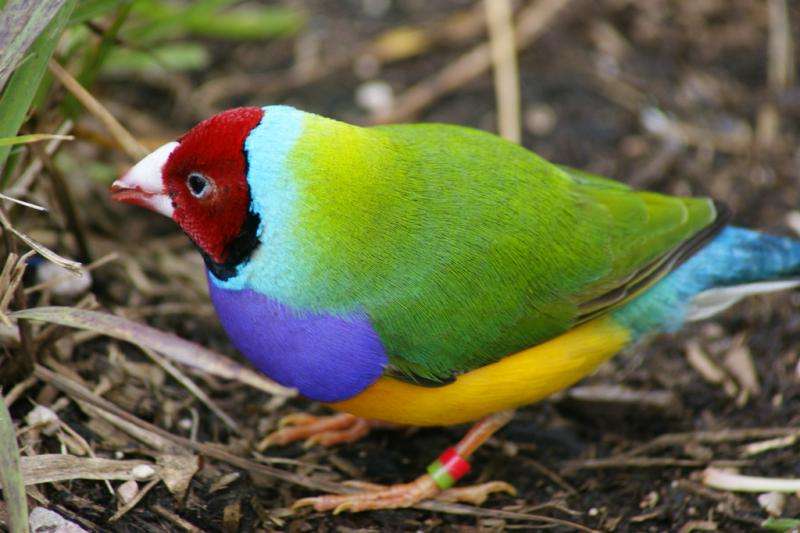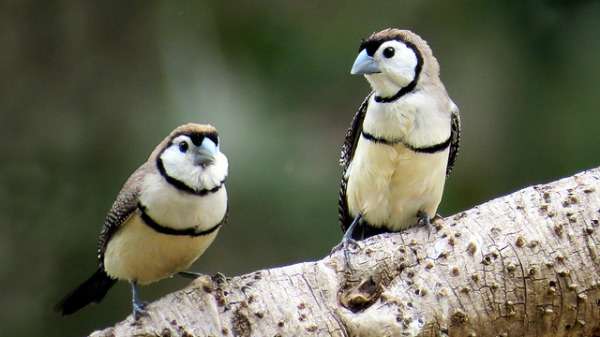Low intensity burns favour Gouldian finches

Advocates for mosaic burning practices in the Kimberley's longstanding debate into fire regimes have received a boost, with recent research finding the striking Gouldian finches (Erythrura gouldiae) thrive on the low-intensity burns.
An eight-year study into fire regimes and its impact on finches in the Kimberley led by Australian Wildlife Conservancy ecologist Sarah Legge has filled part of the knowledge gap about fire regime's effects on endangered wildlife in one of the world's most pristine environments.
"Grass seed eating birds have declined quite markedly across the savannahs of Australia and one of the hypotheses for this has been the change in fire regimes," Dr Legge says.
The study determined Gouldian finches, double-barred finches (Taeniopygia bichenovii) and long-tailed finches (Poephila acuticauda), show anaemia and poor body condition when they repopulate scrub that is recovering from large hot fires with Gouldian finches the worst affected by hot fires.
They came to this conclusion after capturing and studying finches in savannah that had been subjected to mosaic burns and hot burns.
They tested the birds' blood for haematocrits (the proportion of a blood sample made up of cells) and concentrations of stress hormones, as well as muscle and fat volume.

"All three finch species were showing the same sorts of changes in condition measures in different fire patterns," she says.
"Once we confirmed that link we worked to see whether changing the fire regimes would cause the condition of individuals also to change with that management."
The birds that repopulated mosaic-burned habitats flourished according to each of the study metrics.
"What we showed is that the frequency of fire and the extent of long-unburned vegetation are the key things in relation to improved condition in these finches," De Legge says.
"So you need to manage fire in these tropical savannah landscapes to reduce the fire frequency and increase the average age of the vegetation.
Older vegetation results in higher feed-abundance across the landscape which in turn results in the persistence of finch populations.
The study was carried out on Mornington Station, a very remote pastoral lease which Dr Legge says provided an unusual opportunity to integrate ecological research with landscape management.
This remoteness made it possible to establish control areas for a key variable, fire.
Therefore the researchers could establish continuously mosaic-burned patches throughout the study's life and compare their ecology of these with hot-burned areas, and hot-burned patches that are later mosaic burned.
Provided by Science Network WA
This article first appeared on ScienceNetwork Western Australia a science news website based at Scitech.


















